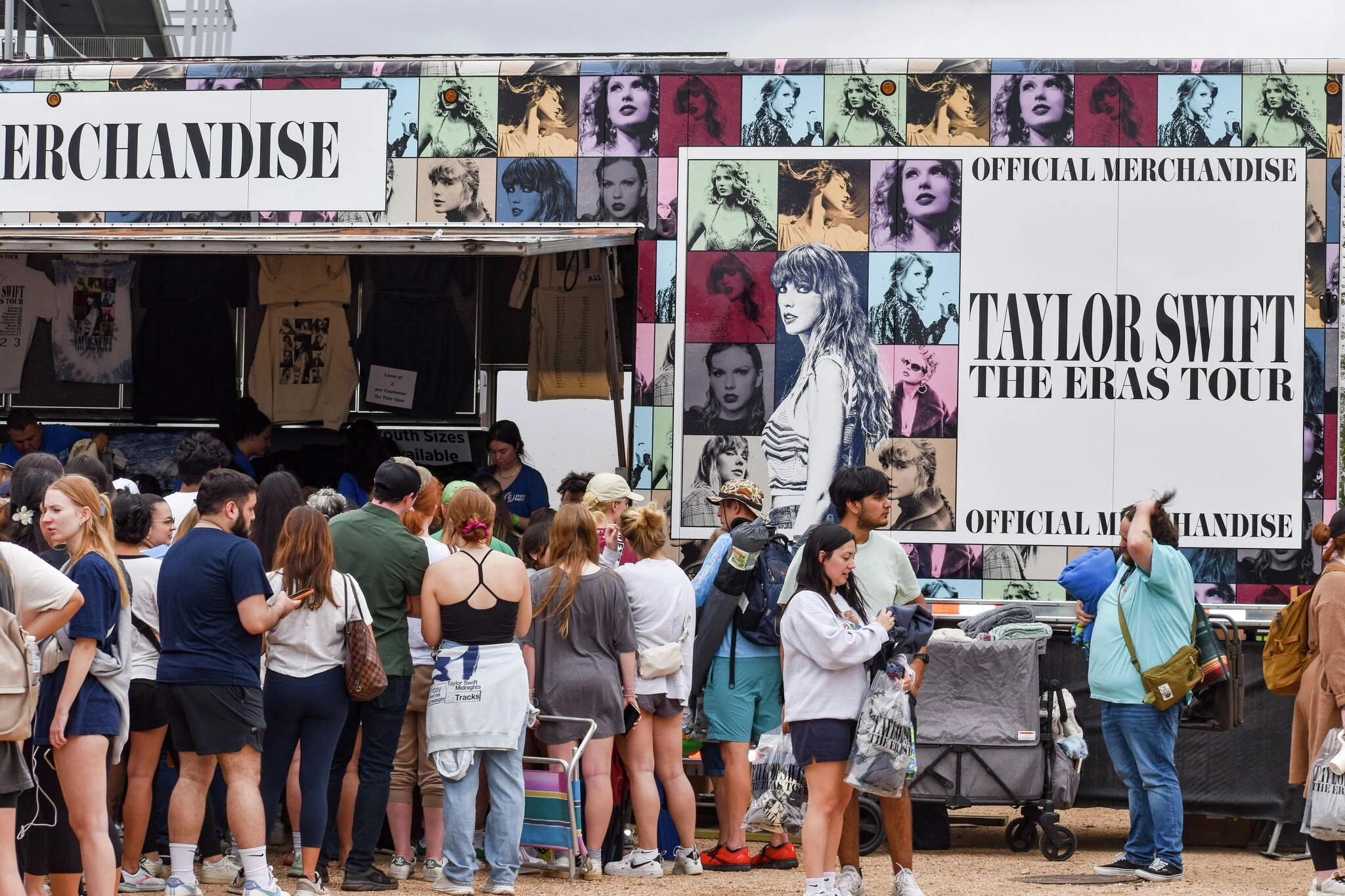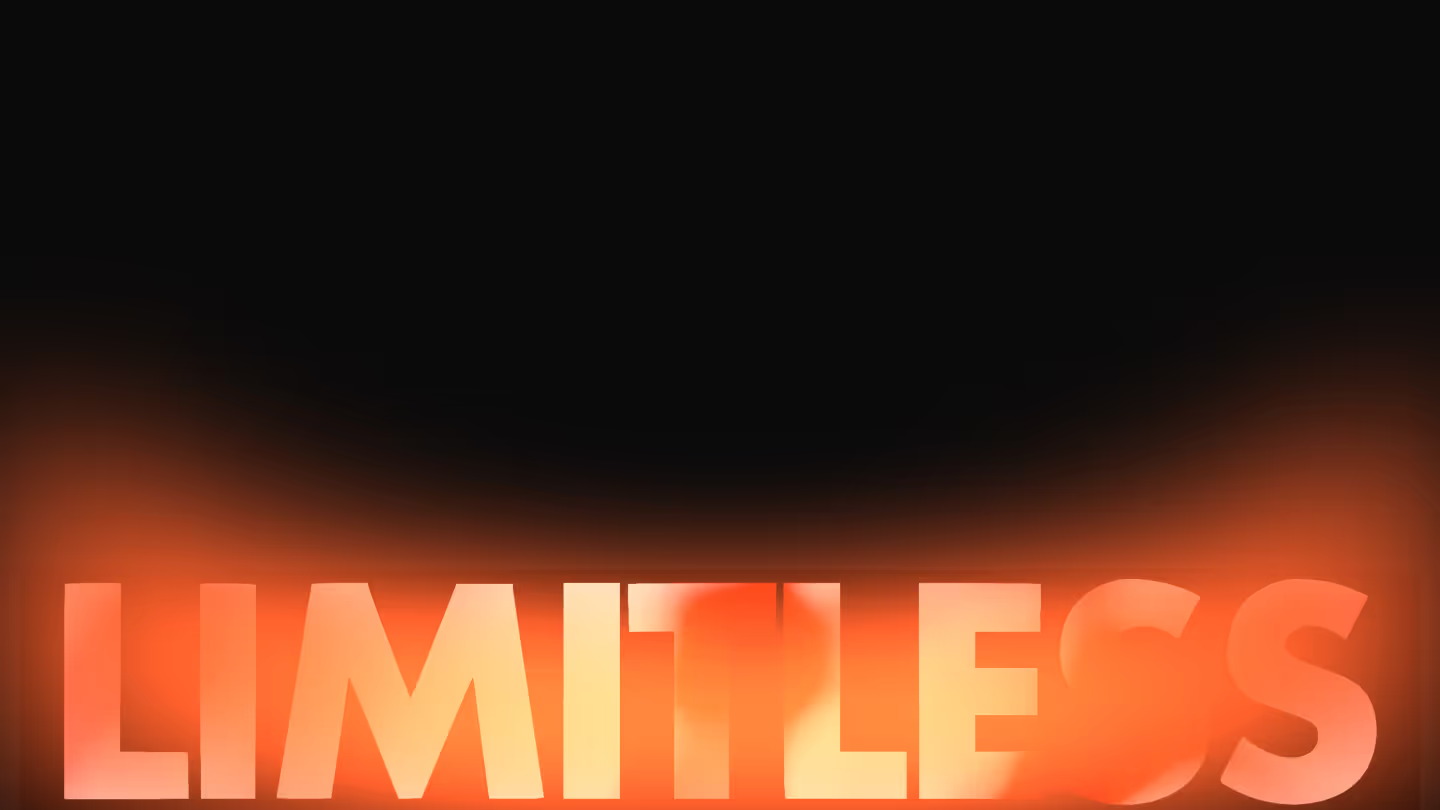October 3, 2024
From the Studio to the Stage: Creating Compelling Tour Merch for Musicians
Creating tour merchandise for musicians is more than just printing a few t-shirts with the band’s logo on them. Great tour merch tells a story, connects fans with the artist, and serves as a lasting reminder of an unforgettable experience. The right tour merchandise can become an essential part of a band’s identity, allowing fans to represent their favorite artists long after the concert lights go down. In this post, we’ll dive into what makes compelling tour merch and how to design pieces that fans will want to wear for years to come.


Creating tour merchandise for musicians is more than just printing a few t-shirts with the band’s logo on them. Great tour merch tells a story, connects fans with the artist, and serves as a lasting reminder of an unforgettable experience. The right tour merchandise can become an essential part of a band’s identity, allowing fans to represent their favorite artists long after the concert lights go down. In this post, we’ll dive into what makes compelling tour merch and how to design pieces that fans will want to wear for years to come.
1. Understand the Artist’s Brand and Audience
Before jumping into design, it’s crucial to have a deep understanding of the artist’s brand and who their fans are. Tour merchandise should reflect the personality, genre, and image of the musician while resonating with the audience’s style preferences. For instance, a heavy metal band might go for darker, edgy designs, while an indie pop artist may lean towards bright, artistic visuals. If the artist has a specific theme for the tour—such as an album concept or visual motif—incorporating those elements can create a sense of cohesion and elevate the merch’s overall impact.
Knowing the audience’s demographics is equally important. Are the fans primarily young adults who are into streetwear, or are they older rock enthusiasts who prefer classic band tees? Understanding their lifestyle and preferences will help determine the best product offerings, whether it’s hoodies, crop tops, patches, or even unconventional items like skateboards or limited-edition vinyl records. Remember, tour merch is an extension of the artist’s identity, and it needs to resonate with both new and long-time fans.
2. Focus on Quality and Wearability
High-quality tour merch is crucial for two main reasons: it enhances the perceived value of the items, and it ensures fans actually wear the merchandise after the concert. No one wants a t-shirt that shrinks after one wash or a print that cracks and fades quickly. Investing in premium materials and reliable printing methods will set your merch apart and make it more desirable.
Consider the fit and comfort of your apparel options as well. People are more likely to wear merch that fits well and feels good. Offering a range of sizes and styles, such as unisex tees, women’s cut options, or oversized fits, will accommodate different preferences and ensure that fans of all body types feel included. When fans wear the merch regularly, they become walking advertisements, spreading the artist’s brand to a broader audience.
3. Offer More Than Just T-Shirts
While t-shirts are a staple in tour merchandise, diversifying the product lineup can significantly boost sales. Think about items that reflect the artist’s personality or connect with a specific lyric or theme. Hoodies, beanies, socks, and posters are always popular, but you can get even more creative. Consider offering limited-edition items like custom guitar picks, enamel pins, phone cases, or even scented candles that match the vibe of a song or album.
Exclusive and unique products make fans feel like they’re getting something special that won’t be available once the tour ends. Additionally, adding functional items such as tote bags, water bottles, or even notebooks can appeal to a wider audience. By providing a range of price points—from affordable stickers to premium outerwear—you’ll make your merch accessible to fans with different budgets.
4. Create Limited Edition and Tour-Specific Pieces
Limited-edition merch creates a sense of urgency and exclusivity, which drives fans to buy on the spot. Consider designing items that are only available for specific shows or that celebrate the current tour. These could include city-specific shirts that feature local landmarks or “Tour Crew” shirts that are only sold at the final stop. When fans know they’re getting something rare, it increases the perceived value and makes them more likely to make a purchase.
Highlight the scarcity factor in your marketing: use phrases like “Only Available on This Tour” or “Limited Quantities Available.” Fans will feel like they’re part of an exclusive club, owning a piece of memorabilia that won’t be restocked once it’s gone. This approach not only boosts sales but also enhances the emotional value of the merchandise, making it a cherished item in the fan’s collection.
5. Make Your Merch Part of the Experience
Tour merch isn’t just about the product; it’s about creating an experience that fans will remember. One way to elevate the merch experience is through on-site customization. Offering services like screen printing on demand, embroidery stations, or personalized name patches allows fans to create a one-of-a-kind piece. This interactive element makes the merch stand out and turns a simple purchase into a memorable moment.
Additionally, consider how your merch booth is set up. Create an inviting space with proper lighting, attractive displays, and friendly staff who are knowledgeable about the products. Showcase your best-selling items prominently and make it easy for fans to browse. If possible, include a photo-op area with a backdrop or props that tie into the tour’s theme—this gives fans a reason to stop by, even if they don’t initially plan to buy anything.
6. Use Your Merch to Tell a Story
Every tour has a story, and your merchandise should be an extension of that narrative. If the tour is themed around a new album, incorporate visual elements from the album cover or lyrics into the design. If the artist has a mascot or character associated with their brand, include that in your graphics. Using cohesive imagery and storytelling across the merch line creates a sense of continuity, making each piece feel like part of a larger collection.
This storytelling approach can also tie into the types of products you offer. For example, if the tour is inspired by a nostalgic era, consider vintage-inspired tees, washed denim jackets, or even throwback-style concert posters. By weaving in the themes and visual cues from the tour, the merchandise becomes more meaningful and personal for fans.
7. Leverage Pre-Sales and Online Merch Drops
Pre-sales and online drops can help build excitement before the tour even begins. Offering limited-edition items online allows fans who can’t make it to the show to still feel part of the experience. Promote pre-sale items through social media, email marketing, and on the artist’s website. This strategy also helps gauge which products are in demand and can inform what you should stock heavily on tour.
Consider offering “tour packs” with bundled items like a t-shirt, sticker, and signed poster for a discounted rate. These bundles not only provide added value but also encourage fans to spend more than they might on individual items. By including online-exclusive items, you create an additional revenue stream while maintaining the exclusivity of tour-only merchandise.
8. Get Creative with Merch Design and Trends
Stay on top of fashion and design trends to keep your tour merch fresh and desirable. Pay attention to what’s popular in streetwear, high fashion, and the broader apparel industry. Whether it’s oversized silhouettes, tie-dye, or retro graphics, incorporating current trends into your designs will make the merchandise feel modern and relevant.
However, it’s important to balance trends with timelessness. While incorporating popular elements is great for generating buzz, ensure your designs still feel authentic to the artist’s brand. Limited-edition drops can be more experimental, while core items should be versatile and have a lasting appeal.
Final Thoughts
Creating compelling tour merchandise requires a blend of creativity, quality, and a deep understanding of the artist and their fans. When done right, merch can become more than just a product—it becomes a wearable memory that fans cherish for years. By focusing on quality, storytelling, and fan engagement, your tour merch can stand out, resonate deeply with fans, and become a significant revenue driver for the artist. So, next time you’re designing for a tour, think beyond the basics and aim to create pieces that fans will want to hold onto forever.
Heading 1
Heading 2
Heading 3
Heading 4
Heading 5
Heading 6
Lorem ipsum dolor sit amet, consectetur adipiscing elit, sed do eiusmod tempor incididunt ut labore et dolore magna aliqua. Ut enim ad minim veniam, quis nostrud exercitation ullamco laboris nisi ut aliquip ex ea commodo consequat. Duis aute irure dolor in reprehenderit in voluptate velit esse cillum dolore eu fugiat nulla pariatur.
Block quote
Ordered list
- Item 1
- Item 2
- Item 3
Unordered list
- Item A
- Item B
- Item C
Bold text
Emphasis
Superscript
Subscript
You Bring the Vision. We Build What No One Else Can.
Click the button below to started — whether you’re launching, scaling, or reinventing.
.png)
.png)
.png)






.png)
.png)

